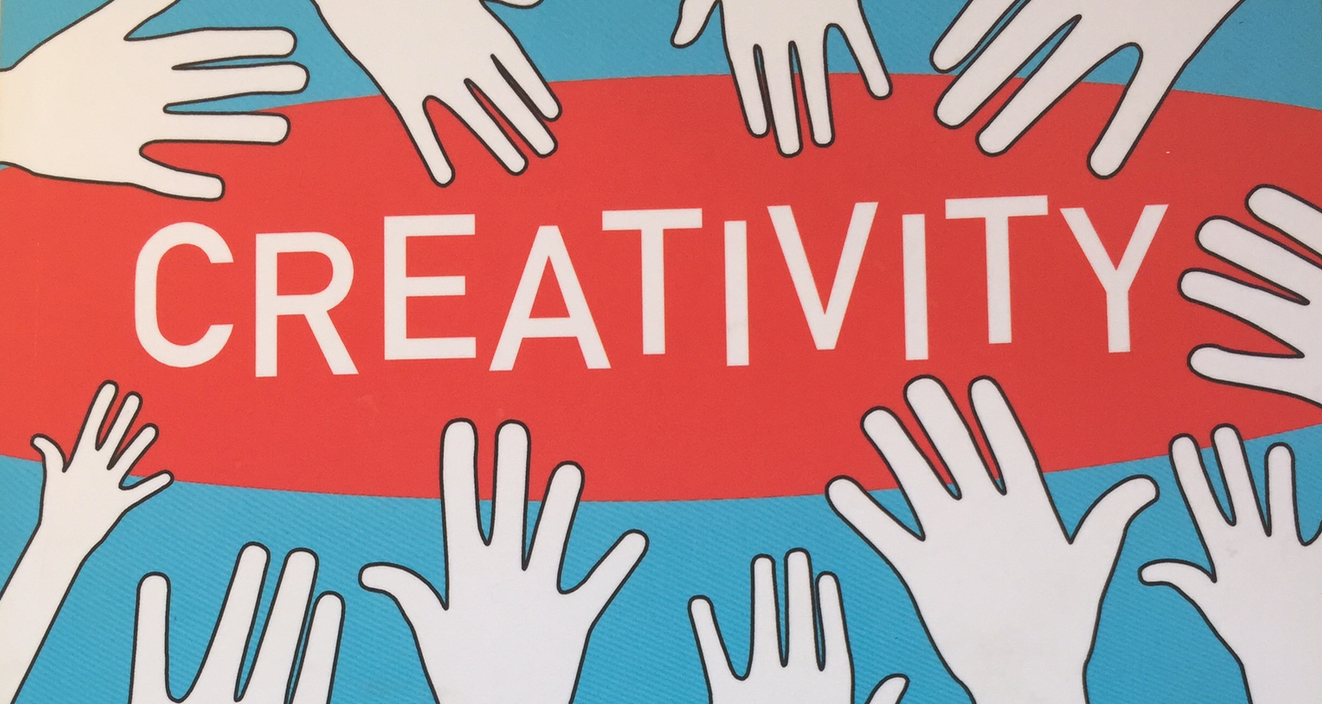Creativity in teaching

۰۱ خرداد ۱۳۹۸
A good classroom environment always has some elements of creativity which makes the lessons more interesting and interactive. The right mix of creativity along with curriculum helps students to be innovative and also encourages them to learn new things. Students can grow up as good communicators in addition to improving their emotional and social skills. Creative classrooms can really transform the way students acquire education and how they apply it in their real life. In fact, creative expression plays a key role in a student’s emotional development. Let us have a look at how important is the role of creativity in today’s classroom and its benefits.
Creativity also directly enhances learning by increasing motivation, deepening understanding, and promoting joy. Intrinsic motivation is essential to the creative process—and relies on students pursuing meaningful goals. “Create” is at the top of Blooms taxonomy for a reason: By noticing broader pattern and connecting material across academic disciplines, creative thinking can facilitate deeper cross-curricular learning. Robert Sternberg has argued that creativity can predict college success above and beyond just what we get from standardized test scores: In one study of students taking the GRE, higher scores correlated with higher creativity. Beyond academic achievement, creativity can make learning more fun—leading to joy and positive emotional engagement in students.
As creativity scholars Scott Barry Kaufman and Carolyn Gregoire write in their book Wired to Create: “Creativity isn’t just about innovating or making art—it’s about living creatively. We can approach any situation in life with a creative spirit.” Teaching is, through and through, a creative profession.
Teachers who can model creative ways of thinking, playfully engage with content, and express their ideas, will beget creative students. Students need to see teachers who have passions, whether it’s drawing, mathematics, painting, biology, music, politics, or theater. That contagion of passion and positive emotion is a hotbed for creative thought. Creatively fulfilled teachers may also be happier teachers.
Here are some ways teachers can develop and nurture their own creativity:
- Be aware of your own limiting misconceptions about creativity. Examine your own attitude toward creativity and help yourself grow by thinking about alternative solutions.
- Experiment with new ways of teaching in the classroom—could you try a new arts integration lesson you’ve always been afraid to try? What about trying a new hands-on STEM investigation?
- Take a risk to express your creative side. Often, I’ll doodle something on the board as an attention-getter, or to deliver the morning message. Having a meerkat or a dragon telling students to put their backpacks away is much more likely to amuse, plus it’s a chance for me to challenge myself artistically every day.
- Treat lesson planning as the creative exercise it is. Every day, you face new constraints in the form of the needs and preferences of the specific learners in your classroom. Have you heard your students debating a certain issue during recess or in the hallway? Have you noticed their attention focused on a particular new gadget, fad, or current events issue? Find a way to weave it into a lesson.
- Develop personal creative rituals. In her classic 1992 book on developing personal creativity, The Artist’s Way, Julia Cameron writes about the “artist’s date”: “a block of time, perhaps two hours weekly, especially set aside and committed to nurturing your creative consciousness, your inner artist.” As Cameron puts it, “the artist date is an excursion, a play date that you pre-plan and defend against all interlopers. … A visit to a great junk store, a solo trip to the beach, an old movie seen alone together, a visit to an aquarium or an art gallery—these cost time, not money. Remember, it is the time commitment that is sacred.”
- Try meditation practices that encourage creative thought, such as “open-monitoring” meditation. One study found that those who practiced focused-attention meditation performed better on a test of convergent thinking, while those who practiced open-monitoring meditation performed better on a test of divergent thinking.
- Seek solitude. Spending time in solitude is essential to nourishing your creativity. Set aside some time to be alone, away from the distractions of technology and others who may rely on you.
- Travel. One study found that cross-cultural experiences can increase measures of creative thinking.
- Switch up your daily routines. Challenge your conventional ways of thinking by taking a different route to work, listening to a new genre of music, go to a museum and check out a style of art you’re unfamiliar with. Changing your environment and breaking out of habitual thought can shake your mind out of its rut.
- Embrace ambiguity. You’re probably teaching your students to embrace error, take risks, and learn from failure. See your own teaching as an extension of the same process. Embrace the gray areas, the ambiguities. “Ambiguity tolerance” is a key component of creativity.


